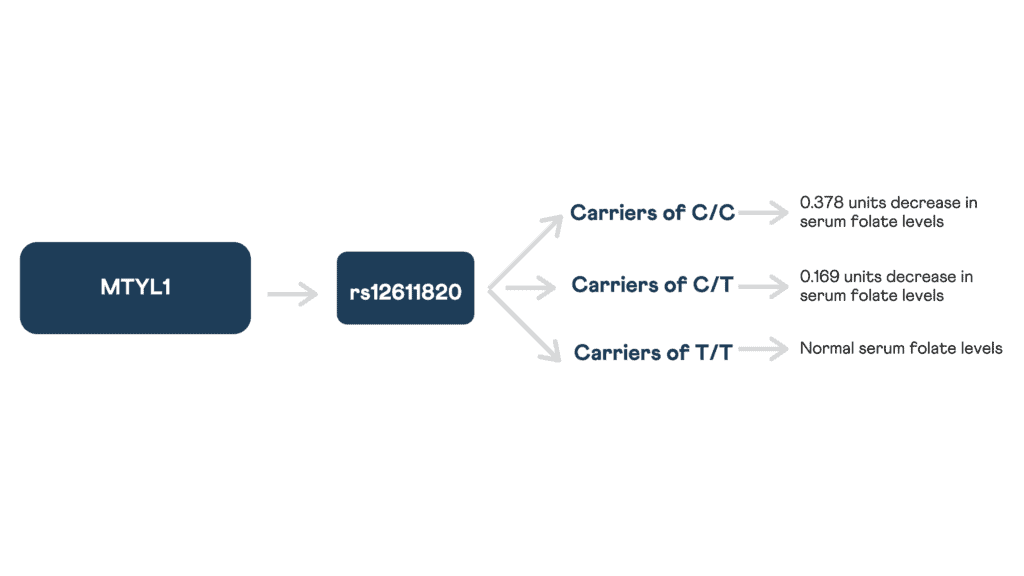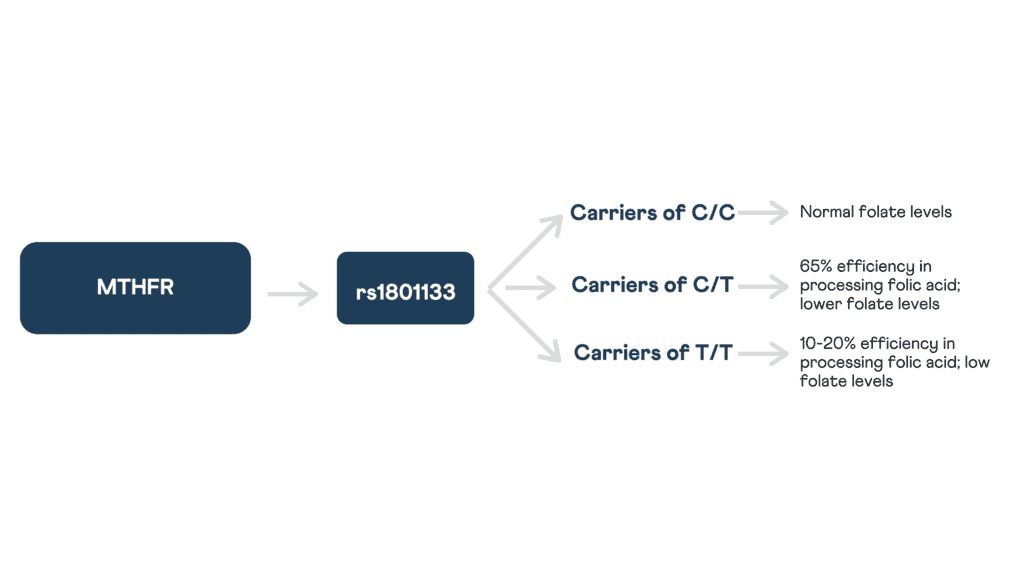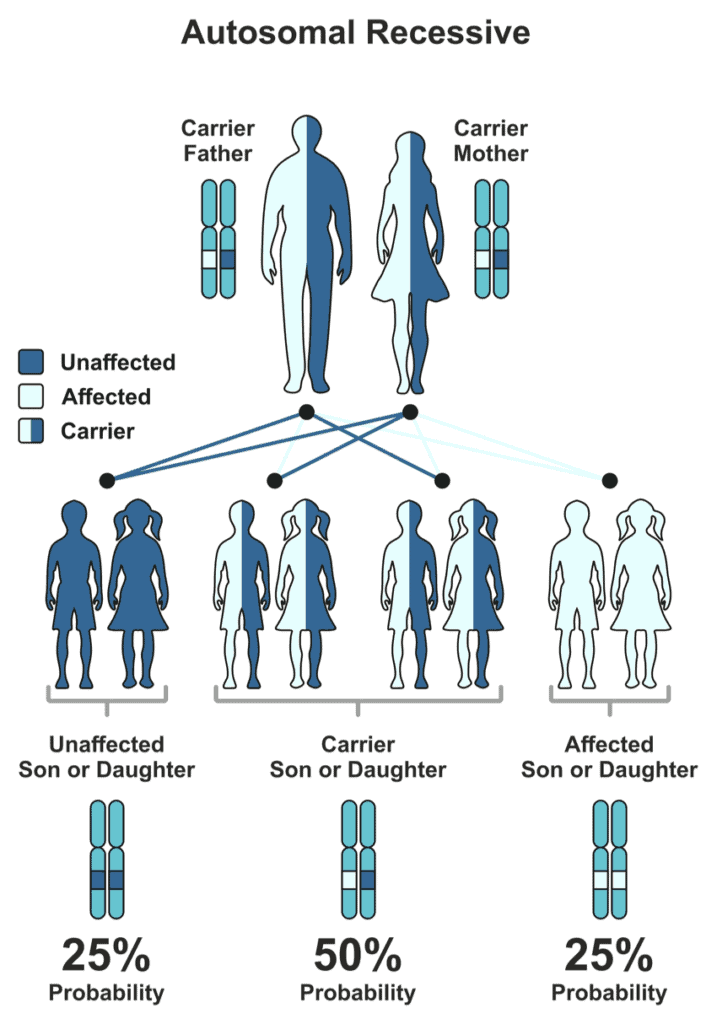Folate, also known as vitamin B9, is a water-soluble B vitamin. It is naturally found in many folate-containing foods like spinach, broccoli, avocados, and lentils.
Apart from natural sources, the synthetic form of folate, folic acid, is also sold as a supplement. This form is supposedly absorbed better by the body.
Lucy Wills, a researcher, was the first one to identify folate and its function, in 1931. She demonstrated that anemia in pregnant women could be prevented/reversed with brewer's yeast. In the late 1930s, folate was isolated from brewer's yeast.
It was first extracted from spinach in 1941 - the term "folic" is from the Latin word 'Folium', which means leaf.
Further, the crystalline form of folate was extracted in 1943, which was the basis of the synthesis of Aminopterin, a derivative of folic acid.
Aminopterin was the first-ever anticancer drug developed, and its clinical efficacy was proved in 1948.
The Significance of Vitamin B9
- Folate is required in the production of Red Blood Cells (RBCs). RBC deficiency can result in anemia. Anemia comes with its own set of complications that include pregnancy-related issues and heart problems.
- Consuming folate during pregnancy helps prevent neural tube issues like spina bifida (a birth disorder where the spine does not form properly) and anencephaly (a congenital disability where a major portion of the brain, skull, and scalp is absent).
- Folate is also important for the formation and repair of DNA and other genetic material. It is also involved in protein metabolism. It plays a key role in converting homocysteine, an amino acid whose high levels can be harmful to the body, to methionine, another amino acid.
The Vitamin D–Folate Hypothesis
Vitamin D and folate are linked by their disparate sensitivities to Ultra Violet Radiation (UVR). While UVR stimulates the production of Vitamin D in the skin, it degrades folate through oxidation.
The hypothesis suggests that skin pigmentation may have evolved to maintain a balance in the levels of these vitamins.
The increased pigmentation observed in high-UVR regions was attributed to the need for protecting folate levels, while the depigmentation is low-UVR regions was a result of facilitating adequate vitamin D levels.
The VDR gene provides instructions for making a protein called Vitamin D Receptor, which allows the body to take in vitamin D. The different variants of the VDR genes are present in different frequencies across populations.
For example, the common VDR variant Fok1 has a lower frequency in African populations compared to European/Asian populations, while the frequency of another variant, Cdx2, is highest in African populations and the lowest in Europeans.
The difference in the frequency of these alleles across different ethnic populations can be attributed to the different UV regimes.
Several relationships are reported between UVR and folate metabolism genes. Two main enzymes involved in folate metabolism, serine hydroxymethyltransferase (SHMT) and methylenetetrahydrofolate reductase (MTHFR), have been studied to be UVR responsive.
For example, in regions where there’s a higher exposure to UVR, the frequency of a thermolabile MTHFR variant, C677T, is less.
These findings collectively provide strong molecular support to the Vitamin D-Folate hypothesis and showcase the existence of interactions between UVR, skin type, and vitamin D and folate genes.
The Recommended Dietary Allowance (RDA) For Folate
Typically, the body has around 10-30 mg of folic acid stored in the liver, and 5-15 ng/mL in the blood.
In order to understand the recommended dosage of folic acid, the following terms are important:
- Recommended Dietary Allowance (RDA): This is the average daily level of intake that is sufficient for a healthy individual to meet the nutritional requirements of the day.
- Tolerable Upper Limit (UL): This is the maximum daily intake that would not negatively affect the body.
It is important to note that the bioavailability of folate depends on the source. Synthetic vitamin B9 (folic acid) is readily absorbed (about 85%) into the body, compared to folate from food sources (about 50%). Dietary Folate Equivalent (DFE) was developed to reflect the total amount of bioavailable folic acid.
1 mcg DFE = 1 mcg food folate = 0.6 mcg of fortified foods/supplements taken with foods = 0.5 mcg folic acid in the form of a supplement (taken on an empty stomach).
A healthy adult needs 400mcg DFE folate daily. Pregnant women need 600 mcg of folate per day to meet the requirements of the growing fetus as well.
Genetics And Folate status
MTYL1 Gene
MTYL1 gene is located on chromosome 2.
It codes for myelin transcription factor 1, which is expressed in the neuronal tissues.
This transcription factor converts postnatal human fibroblasts into induced neuronal cells, thus playing a big role in cognitive function.
A variant in this gene is linked with serum folate levels.
This gives an initial idea of an association between folate levels and depression and schizophrenia.
rs12611820
A variation in this gene, with a C genotype, is reported to be linked to serum folate levels. In a GWAS study conducted, a single copy of the C allele was seen to decrease the serum folate levels by 0.169 units.

MTHFR Gene
The MTHFR gene is located on chromosome 1. It codes for an enzyme called methylenetetrahydrofolate reductase, which plays a role in processing amino acids. This enzyme is involved in a chemical reaction that processes folate to its primary form (5-methyl tetrahydrofolate) found in the blood.
This compound is necessary for the multistep process that converts homocysteine to methionine.
In the normal functioning of the body, there is a balance between homocysteine and folate levels. However, when this balance is disturbed, it leads to health effects.
Mutations in the MTHFR gene have been associated with high homocysteine and low folate levels, both of which are harmful to the body.
rs1801133
The most-studied variant of the MTHFR gene is 677T←C (rs1801133) in exon 5.
The 677T variant has been studied to be less effective in the conversion of 5,10-methylenetetrahydrofolate to 5-methyltetrahydrofolate.
Thus, the serum folate concentration is lower in individuals with the 677TT genotype than in those with 677CC or 677CT genotypes.

Can Folate Deficiency Be Inherited?
Inherited folate deficiency, also called Hereditary folate malabsorption, is a disorder that interferes with the body’s ability to absorb folates from food. Infants with this condition have normal folate levels at birth; however, they begin to show signs of folate deficiency within the first few months of life. Feeding difficulties, diarrhea, and failure to thrive are common signs observed in infants with inherited folate deficiency.
This condition is inherited in an autosomal recessive manner.
Now, for the expression of a recessive trait, both parents must pass on their recessive versions of traits.
A random process selects the gene to be passed down to the next generation.
In the case of autosomal recessive conditions, there is a 25% chance of occurrence.
If just one parent passes it on, the child will remain healthy but acts as a carrier of the gene.
Carriers could potentially pass it on to the coming generations.

Folate/Folic Acid Deficiency
Folate deficiency is usually a result of poor diet, alcoholism, and malabsorptive disorders. Hence the prevalence of isolated folate deficiency is pretty rare; other nutritional deficiencies mostly accompany it.
What Are The Signs And Symptoms Of Folate Deficiency
- Fatigue
- Grey hair
- Mouth sores
- Swollen tongues
- Growth issues
- Numbness in the extremities, like pins and needles
- Depression, confusion, memory issues
- Headache and dizziness
- Anemia (develops due to a lack of folic acid in the body), the signs of anemia are:
- Fatigue that is persistent
- Weakness
- Lethargy
- Pale skin
- Shortness of breath
- Irritability
Causes of folate deficiency
- An improper diet. Green leafy vegetables, fruits, yeast, and meats are sources of naturally available folate. If this is lacking in your diet, you may be at risk of developing anemia.
- Drinking too much alcohol
- Some digestive disorders, like celiac disease and Crohn’s disease, certain types of cancers, and severe kidney problems that require dialysis.
- Some medications, like those used for seizures, may also cause this condition.
- Pregnancy can demand more folate in order to meet the requirements of the growing fetus as well.
- A congenital condition, where a person has a genetic mutation that hinders the body from absorbing the natural form of folate.
- Changes in the digestive tract in the older age group (65 and above) can result in insufficient folate absorption.
Who’s at risk for folate inadequacy?
- People with Alcoholism: Alcohol affects folate levels in the following ways
- interferes with folate absorption and hepatic uptake
- accelerates folate breakdown
- increases its renal excretion
- People with certain medical conditions: People with malabsorptive disorders like celiac disease and inflammatory bowel disease may absorb less folate than people without these disorders
- Pregnant women: The folate requirements increase during pregnancy because of its role in DNA synthesis. This increased requirement may be difficult to meet through diet alone. Thus, prenatal vitamins containing adequate amounts of folic acid and other nutrients are recommended during pregnancy.
Overdose and toxicity
It is rare to reach a toxicity level from consuming folate via natural food sources. An arbitrary upper limit for folic acid on a daily basis is 1000mcg.
Dangers of folate toxicity
- Can conceal vitamin B12 deficiency: Anemia is a common symptom of both vitamin B9 and B12 deficiencies. Taking excess folic acid supplements may mask the anemia caused by vitamin B12 deficiency. Undiagnosed vitamin B12 deficiency could lead to potential brain and nervous system damage.
- Speeds up age-related cognitive decline: Individuals with a vitamin B12 deficiency who consume higher levels of folate are three times more likely to face a loss of brain function.
- Slows down the rate of brain development in children: During pregnancy, consuming over 1000 mcg of folate per day could slow down the baby’s brain development and result in insulin resistance.
- Increase the likelihood of cancer: Folate helps in DNA replication and cell multiplication. There seems to be a fine balance between the dosage level of folic acid and the development of cancerous cells. Most studies are divided, but some have claimed that an increase in folate dosage can slightly increase cancer risk.
Folate-containing foods
Since vitamin B9 is water-soluble, it needs to be replenished in the body on a daily basis. There are a lot of sources of vitamin B9.
- Proteins:- Legumes, brussels sprouts, eggs, lima beans, soybeans, kidney beans, and mung beans
- Whole grains:- The wheat germ, fortified grains, bulgur wheat
- Vegetables:- Leafy greens, beets, asparagus, broccoli, spinach, turnips, mustard greens, root vegetables
- Fruits:- Citrus fruits, papaya, bananas, avocado
- Nuts and seeds
- Meats:- Beef liver, Salmon
- Brewer’s yeast
- Orange juice
- Milk
Folate supplements
Folate is also available in the form of dietary supplements. Multivitamin supplements and B-complex tablets usually contain folic acid. These supplements are advised for individuals that have a mutation in the MTHFR gene.
It is recommended to take the active form of folic acid (L-methyl folate, or 5-MTHF). It is beneficial to have folic acid supplements daily to ensure optimal nutrient health for an individual.
Summary
Folate is an important vitamin that helps in cell replication, production of RBCs, and the maintenance of healthy cells in the body.
It is a water-soluble vitamin and should be included in the daily diet for a healthy individual.
There are vast implications if an individual has folate deficiency, with symptoms ranging from mouth sores to life-threatening anemia.
Pregnant women should also be wary of the amount of folic acid in their diet, as it can heavily impact the health of the fetus.
An individual can have inadequate folic levels because of an unbalanced diet, genetic variations, or other risk factors.
Folate-deficient individuals can meet their requirements by adjusting their diet or taking supplements. When it comes to supplements, the dosage is an important factor.
Excess folate consumption can lead to folate toxicity which could result in a decline in cognition.
Thus, as always, it is recommended to consult a physician before starting any supplementation.





